Poetry Reviews
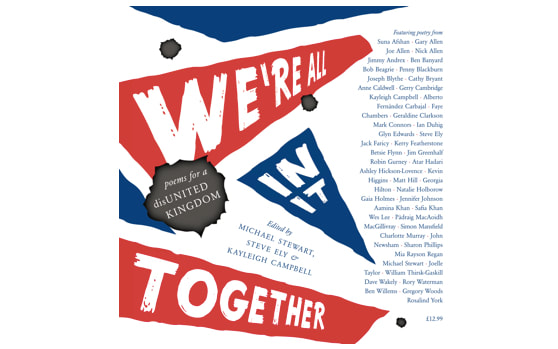
We're All In It Together
The new anthology from Grist, We’re All In It Together, edited by Michael Stewart, Steve Ely and Kayleigh Campbell is an exciting and challenging collection right from the preface to the last poem, Asylum, and it’s well worth starting with the preface before you read the poetry…

Hear Our Stories
A moving and inspiring book, literally, from cover to cover. The front cover, created by the artist, Sophie MacKenzie, based on a concept by Kosta Eleftheriadis, is a beautiful way to start the book showing, the authors from the anthology ‘watering a bed of flowers from where people are emerging to make the journey from their homeland’…

Scale Model of a Country at Dawn
A Scale Model of a Country at Dawn by John Sibley Williams looks at the world through a different lens – a lens that feels like it came from another world. It comprises a grounded series of poems reflecting on love and family and religion – particularly the burden of the latter – in the author’s life, written in a style that grabs the reader with its simplicity and integrity…
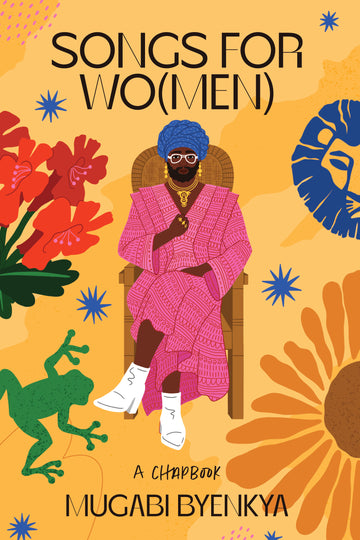
Songs for Wo(Men) by Mugabi Byenka
The Sheffield Chapbooks (2024) (An imprint of Gordon Hill Press)
Right from the start of this very honest and reflective book, you are drawn into the journey represented in the pages. The story starts with a meeting between Dick and Mugabi, and this weaves an innovative thread through the collection – a carefully thought out seam of dialogue and prose and poetry. This thread feels like it is different strands of the same cloth, and offers different perspectives and contexts as you move through the collection of writing. Read, for example, ‘Philomena’s Interlude Pt2’ on p8 to get some idea of how this works. The last sentence really pulls on the heartstrings here:
“What a shame. You have such shapely eyelashes. They were wasted on a boy.”
The first glimpse of the difficulties the author has lived through is given on p3 with ‘Eddwaliro’. (Translations of Lugandan words are included and this provides useful context throughout the collection). The final lines of this piece:
“Home can be an illusion.
‘Have you ever felt homeless in your own home?’”
give some insight into what the author is going through at the start of their passage.
Between the prose and poetry, the reader is offered some repetition in places, and this serves to reinforce the ideas embodied in the words. In the piece ‘Don’t Touch My Hair’ on p9, there is a thoughtful and emotive insight that disposes of the myth that racism is always white on black. No racism is forgivable, and the words in this poem really bring home the hurt of racism that is brown on black:
“Why am I still exotic as a Black face in a Black space?”, and,
“[…] I never touched a Black person’s hair before and I just wanted to know how it felt.”
These are lines that make one realise that exotic was not due to colour alone.
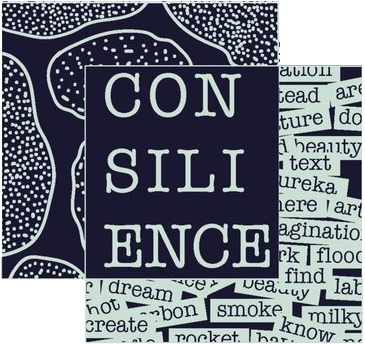
Consilience
I also regularly review and edit poetry for Consilience.
History Reviews
These are not free to access but they are in ‘The Historian’ which can be found at:
https://www.history.org.uk/publications/categories/the-historian
The text is samples from the reviews
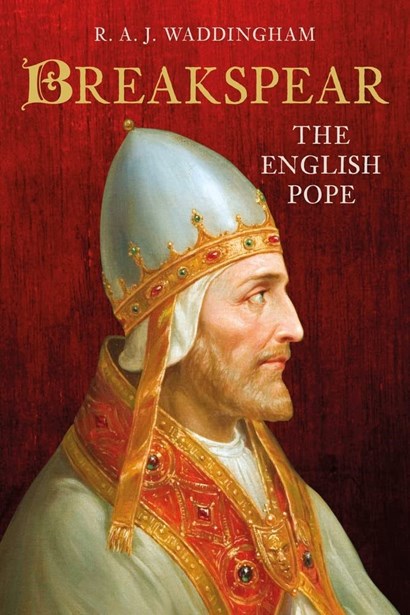
Breakspeare - The English Pope
R.A.J Waddingham
The book ‘Breakspear’ by R. A. J. Waddingham, is, for me, one of those rare non-fiction books that is readable from cover to cover. The text is both interesting and easily accessible, and the story, the telling, rolls along at a pace making it a very entertaining and informative read. The whole thing is a rigorously researched piece which is intelligently structured using geography to differentiate the phases – the chronology – of the book as well as enabling the reader to gain further context in terms of the where things happened on a more global (European) stage.
The book is packed with additional information both before and after the main text, and these contribute to the different perspectives of the story holistically. There are maps, (who doesn’t like a map?) which allow the reader to picture the power struggles of the time, and a list of main characters which provides a very useful addition to the book by adding further depth (and personal interest) to the context of the players in it. The illustrations enhance the text and do their job well – though some cross referencing here between them and the text and index would help.
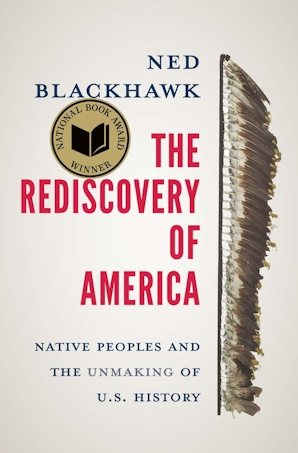
The Rediscovery of America Native Peoples and the Unmaking of U.S. History
Ned Blackhawk
This is an attractive book, starting with a commendably detailed, 2-page map of Native Nations overlaid on a map of the United States, and which is a joy to study. The depth and breadth of the coverage reflects the fact that the author, himself from one of the Native Nations, is a senior professor of both history and anthropology at Yale University.
This book explores 500 years of Native and non-Native history, from the Spanish colonial exploration of the 1600s through to the rise of Native American self-determination in the late 1900s. In the process, Blackhawk raises as many questions as he answers, in what is a thoroughly researched and carefully structured book that provides a different perspective on the making of America.
The detailed introduction starts with a question that interprets the different aspects of U.S. democracy and gets to the heart of what we might expect from this book in terms of the history of all Americans. It then goes on to explain the how and why – the very purpose – of the contents of the rest of the book using some very appropriate and intelligently directed quotations from primary sources to support the thought-provoking points being made. A very useful summary of the book’s structure and coverage closes the introduction in a way that leaves the reader wanting more.

Albert Magnus and the World of Nature
I.M Resnick and K. F. Kitchell Jnr
Resnick and Kitchell’s new book ‘Albert Magnus and the World of Nature’ purports to be the first full, scholarly English biography of Albert Magnus for nigh on a hundred years. Certainly, if you look on Google scholar© there are items that go back many decades, and some which cover a wide range of information about the man, however, this book definitely ‘does what it says on the tin’ – as it were. It gives a full narration of Albert’s key contributions to natural philosophy and the history of science, and in doing so, reveals many insights into the medieval life and customs of the time.
The writing is accessible and readable, and the pace takes you with it down numerous and varied paths, in a thoroughly well researched and structured book. As with other historical reference books published by Reaktion Books, such as Cooper-Davis’s book about ‘Christine De Pizan’, this book is packed with additional information both before (abbreviations) but mainly after the main text, and these enhance both the telling and the reading of what is a very interesting and engaging text.
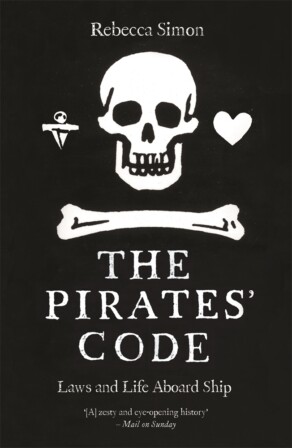
The Pirates’ Code Laws and Life Aboard Ship
Rebecca Simon
This review is based on a pre-production copy that was an incomplete and uncorrected proof. The index and photos acknowledgements were missing.
‘Avast there me hearties’ is not a phrase mentioned in this book, however, if you like pirates from the inside out, then this might be the book for you. This book is a comprehensive account of the lives of pirates in what was considered to be the ‘Golden Age’ of piracy in the late 17th and early 18th centuries. It goes into much detail about the reality of the pirate lifestyle and covers a lot of ground that has been sparsely covered in many similar texts.
Simon’s thorough introduction includes some very bold statements explaining why pirates have maintained their popularity through the ages, referring to the 2003 film, Pirates of the Caribbean: The Curse of the Black Pearl, and to television shows such as Our Flag Means Death (2022) as reasons for new waves of popular interest in pirates and piracy. She goes on to state that although interest in piracy ebbs and flows, it has ‘proved to be a pop-culture mainstay’ with an active world-wide community of pirate historians.
Articles
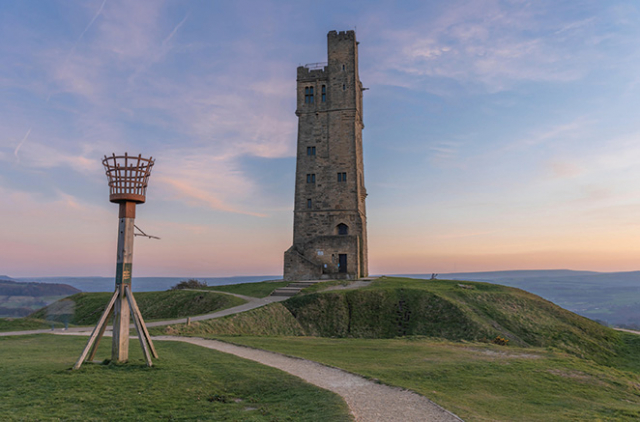
My Favourite History Place: Castle Hill, Huddersfield
Alison Hramiak tempts us to visit Castle Hill, south of Huddersfield, to look for traces of our long dead ancestors, to contemplate the passing of the centuries on that site and to enjoy the lovely views.
Blogs
Pathways to Poetry
Sundays Mornings at the River
March ’23
It’s not always easy to find that rare combination of time/space/mindset to write. How many times do you seem to be able to manage to achieve only one or possibly even two of these? Some people may need even more than these, especially if you’re caring for young or old, or when your part-time job extends so much further into the working week than you thought it would.
In this blog, I want to encourage and empower part-time poets to find a way to write when they are not doing their ‘normal’ jobs – as it were. I want to show all you part-time poets out there – leading by example of course – that it is possible to be both busy and a budding poet…
The Poetry of Reflection
Sheffield Institute of Education
April ’23
We love poetry and we love teaching. But is it possible to combine the two?
We came across an article in the Times Higher Education (Illingworth, 2022) that did just that, and decided to try it. This post describes our experiences of using poetry to widen the horizons of our trainees, showing them how they might use a combination of a reflective model and poetry to critically analyse their teaching experiences…
It's Who I Am, Not What I Do
Sheffield Institute of Education
December ’22
On the way back from a trip ‘up North’ (further up as it were) to see my eldest son, we stopped in Boroughbridge (https://www.visitharrogate.co.uk/explore/boroughbridge) for lunch. When I say lunch, I mean we picked up some pies from the butchers to eat by the mediaeval market place…
